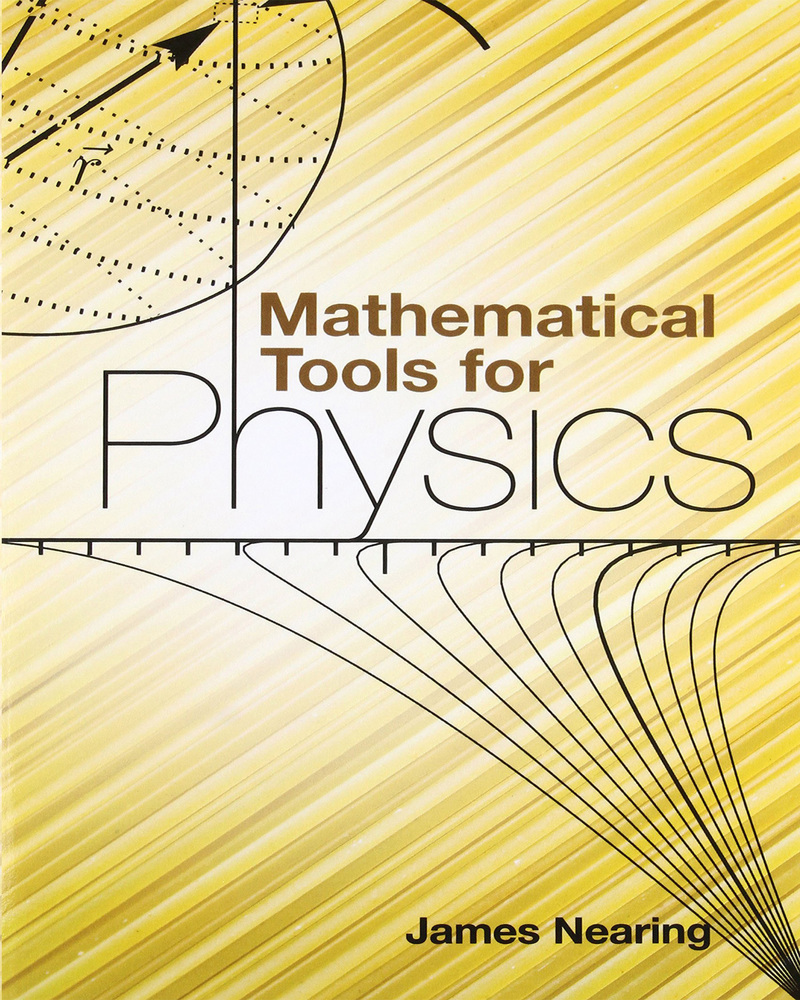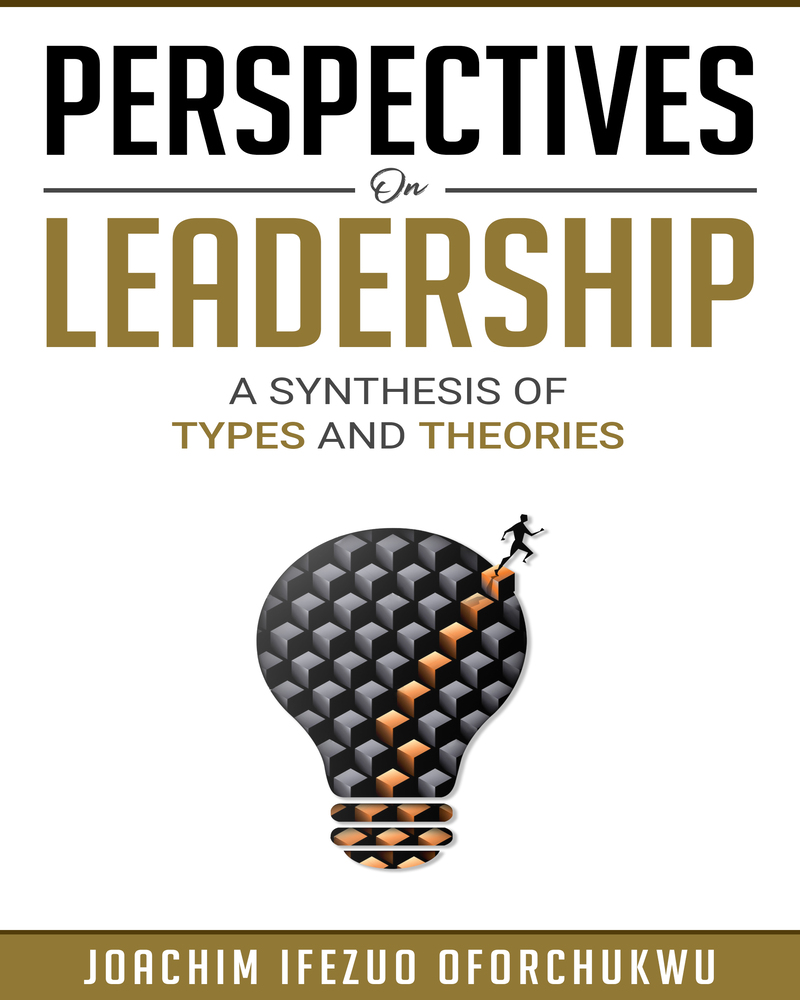- Publisher : Your Online Publicist
- Publication Date : August 2021
- Pages : 450
- Product Dimensions : 6 x 9
- Genre : Science & Math › Physics
- Paperback ISBN : 978-1-63892-090-8
- Hardcover ISBN : 978-1-63892-093-9

Mathematical Tools for Physics
James Nearing
James Nearing is Associate Professor of Theoretical Physics and Assistant Chair of his department at the University of Miami.
Having the right answer doesn’t guarantee understanding. This book helps physics students learn to take an informed and intuitive approach to solving problems. It assists undergraduates in developing their skills and provides them with grounding in important mathematical methods.
Starting with a review of basic mathematics, the author presents a thorough analysis of infinite series, complex algebra, differential equations, and Fourier series. Succeeding chapters explore vector spaces, operators and matrices, multi-variable and vector calculus, partial differential equations, numerical and complex analysis, and tensors. Additional topics include complex variables, Fourier analysis, the calculus of variations, and densities and distributions. An excellent math reference guide, this volume is also a helpful companion for physics students as they work through their assignments.
“Intuitive Book to Help Physics Students and Undergraduates Build a Strong Mathematical Foundation Presented by Associate Professor Emeritus James Nearing
James Nearing, an Associate Professor Emeritus at Miami University, knows that having the correct answer does not always correlate with understanding. To aid physics students and undergraduates in building a strong foundation in key mathematical approaches, he created a book that will teach students how to solve problems in an educated and intuitive manner. Dr. Nearing presents “Mathematical Tools for Physics.”
The author begins with a review of basic mathematics before delving into infinite series, complex algebra, differential equations, and Fourier series in depth. The chapters that follow look at vector spaces, operators, and matrices. Multivariable and vector calculus, partial differential equations, numerical and complex analysis, and tensors are some of the topics covered in this course. Complex variables, Fourier analysis, the calculus of variations, and densities and distributions are among the other subjects covered. This volume is a useful companion for physics students as they go through their projects. It is an excellent math reference tool.
The book was well-received and garnered a 4.5-star rating on Amazon.
“This is really a terrific book. It covers a wide variety of topics of interest to students (and fans) of physics including most of the key topics from my university undergraduate mathematics and physics courses. I learn (or relearn) something on almost every page, and subjects are presented in an engaging way with interesting connections to other topics. The book is not heavy on mathematical formalism, and if that’s what you’re after this may not be the book for you, however it is a highly enjoyable book for developing an understanding of the methods of mathematical physics. I’ve collected quite a few physics and math books over the years, but this book, along with Digital Filters by Richard Hamming, are the only ones I routinely recommend to my friends.” – an online commenter writes.”
Be the first to review “Mathematical Tools for Physics by James Nearing”
You must be logged in to post a review.















Reviews